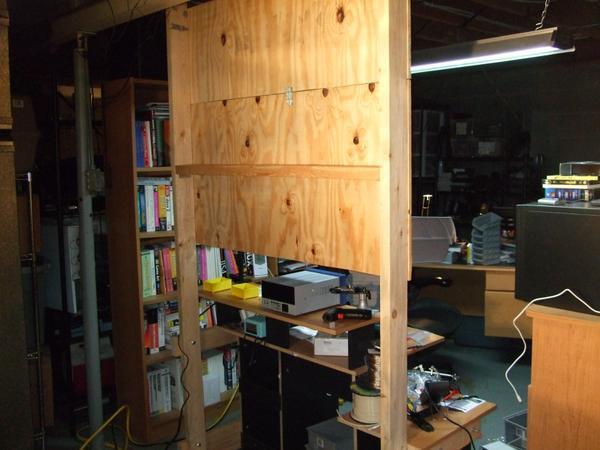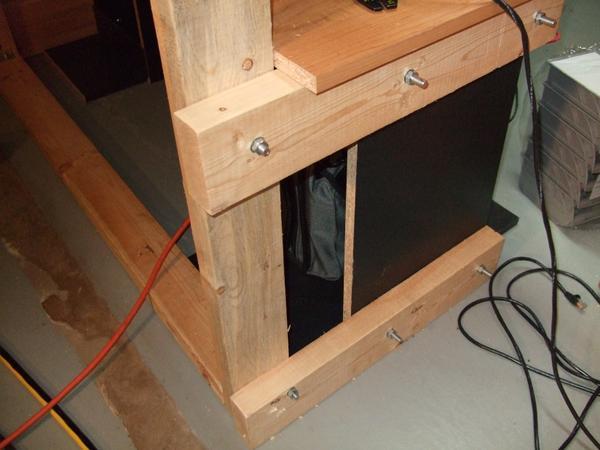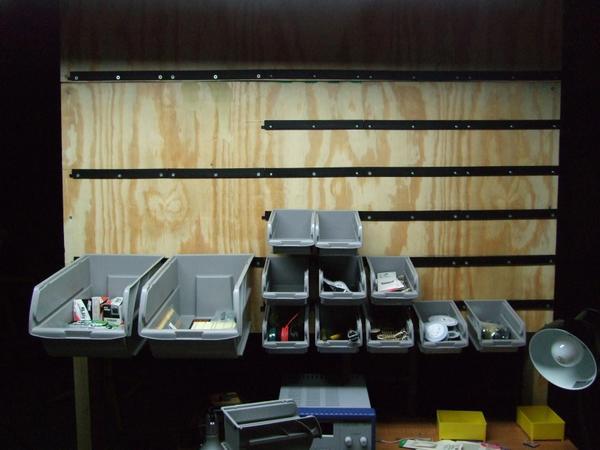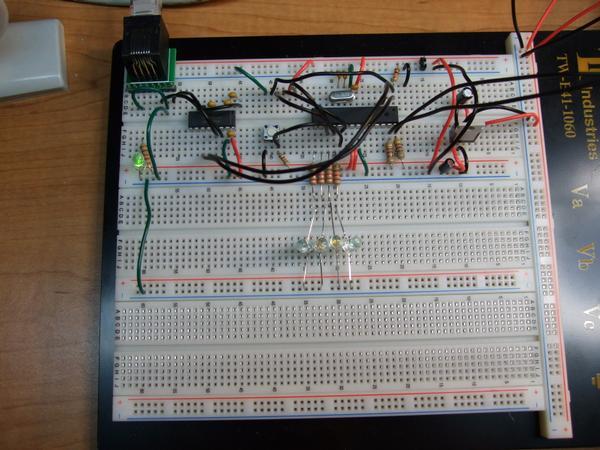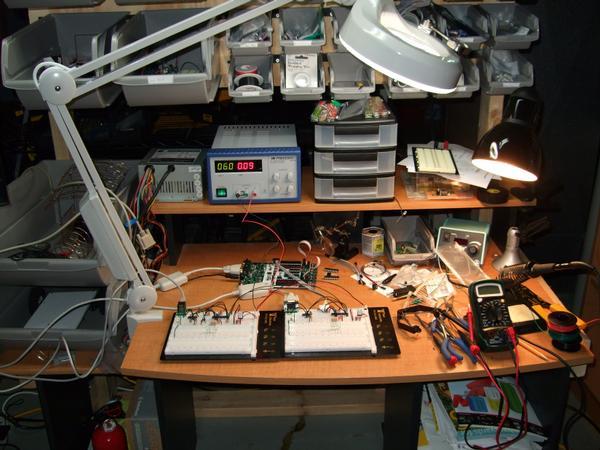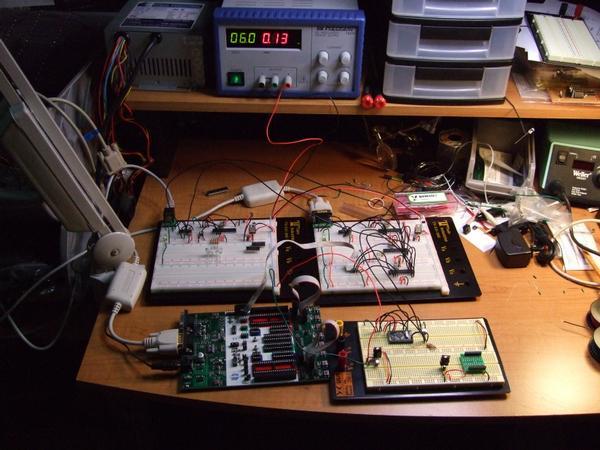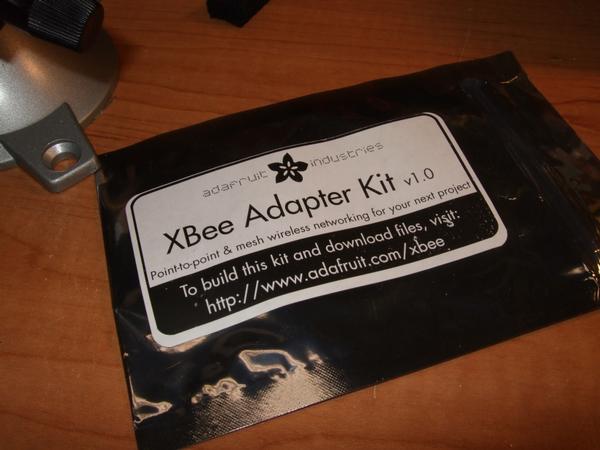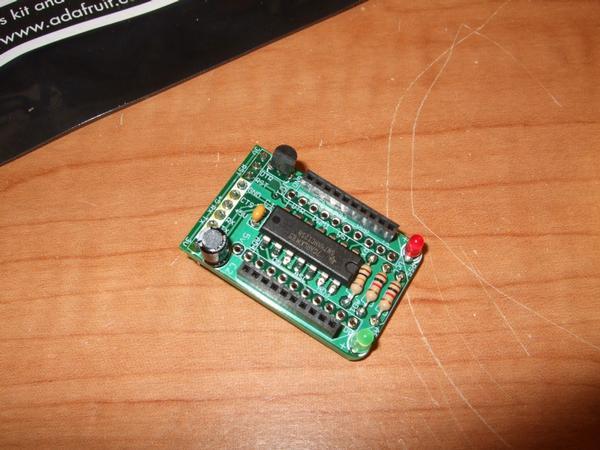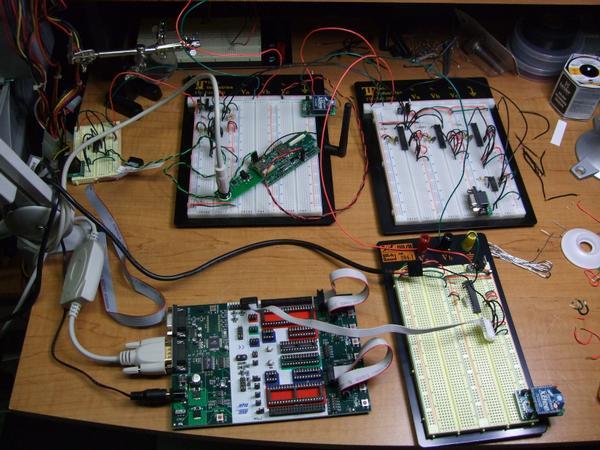
Project E is a bit of a complicated project and so will require some significant R & D work. This is my electronics work area right now . Its absolutely in chaos, but I dont have a lot of time so it will have to do and I clean it up as I move forward.

Here is my first little project that I put together to learn how to control a bank of LEDs with a microcontroller. I found a tutorial here on how to build this on Makes weekend projects. Its an animated cube of led lights. Pretty neat little project for getting started with controlling led lights with a microcontroller.
If your an At Home Imagineer and dont know about Make magazine yet, you should seriously take a look and consider subscribing or at least read their feed. There are some awesome project tutorials posted there.
So . we have our first little clue to what Project E is It is going to require controlling led lights with a microcontroller.



